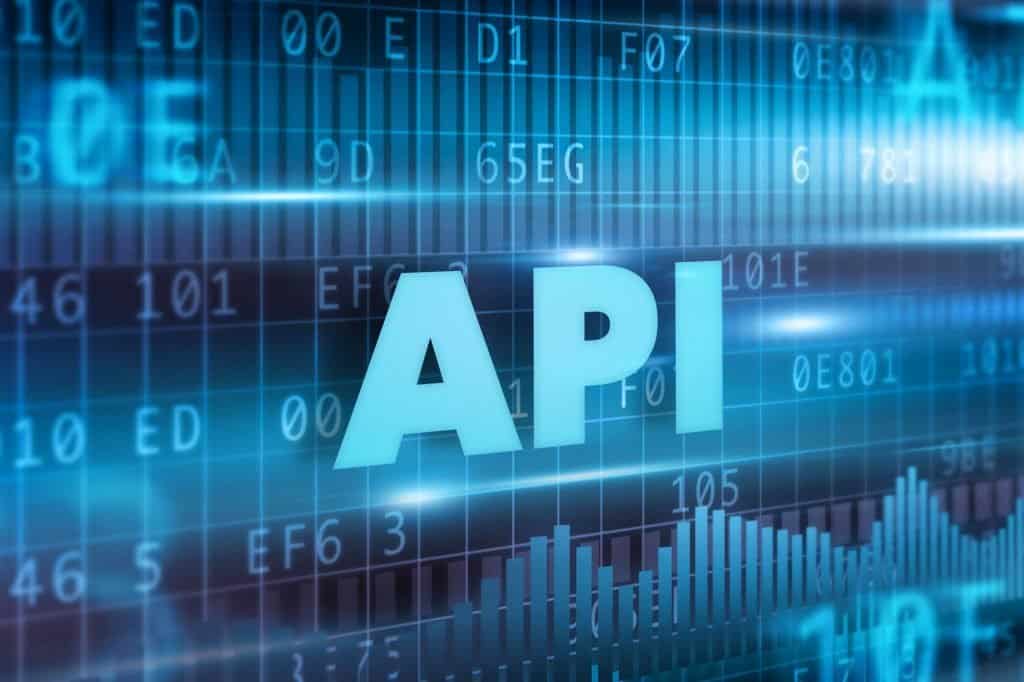We’ve all heard about product lifecycles, customer lifecycles, and business lifecycles, but did you know that APIs have their own unique lifecycle stages too?
Understanding API lifecycles is a fundamental part of API development and deployment, and having a clear API lifecycle management system enables developers to manage APIs more effectively. In this blog post, we’ll discuss the benefits of robust API lifecycle management and the essential stages of the API lifecycle management process.
What is API lifecycle management?
API lifecycle management is the process of monitoring and controlling every stage that goes into the creation, development, and deployment of an API. In other words, API lifecycle management is the “master plan” behind an individual API project. It helps to benchmark APIs and create a detailed roadmap for every component process that makes up part of an API’s lifecycle.
API lifecycle management is designed to provide developers with a 360-degree view over an entire API project while simultaneously homing into the minute details of API functionality. The management process takes a step-by-step approach from API conception through deployment, monitoring, and eventual depreciation (or API retirement).
We’ll discuss the core steps that make up the management process in detail later in this blog post. In short, the principal stages include:
- Modeling and designing
- Development
- Management and deployment
- Security
- Publication and monitoring
- Invocation and monetization
- Depreciation
API lifecycle management is a booming market. More and more development teams are adopting API management strategies. In fact, market research shows that the API management market has grown exponentially. The market that was valued at $2.2 billion in 2021 is now projected to reach $41.5 billion by 2031.
Benefits of API lifecycle management
But why is API lifecycle management so important? The answer is simple. By creating a holistic roadmap covering the entire API lifecycle, the development and deployment processes become much more efficient, and businesses can scale rapidly.
Whether you’re developing an API for softphone systems or a CRM, implementing an API lifecycle management strategy brings with it many benefits, from standardization to improved alignment.
Let’s take a look at some of these benefits in more detail below.
Effective collaboration & alignment
When executed correctly, API lifecycle management provides teams with a comprehensive workflow for each API in development. Having an explicit workflow enables teams, departments, and internal and external stakeholders to collaborate efficiently and effectively on projects. For example, having an API lifecycle management strategy stops silos from developing between business and IT departments. The result? Better organizational alignment all around.
Improved standardization
Lifecycle management encourages improved levels of standardization across projects. When it comes to API development, standardization is the golden ticket to efficiency, savings, industry compliance, and excellent developer experiences.
Facilitates API testing
By carefully managing APIs’ lifecycle, development teams can better complete projects and conduct product testing in a timely manner. Running multiple API versions at the same time is common during the development process, but it can only be achieved successfully with rigorous API lifecycle management systems in place.
Improves API administration
Implementing an API lifecycle management system is one of the best ways to improve your department’s overall administration of an API project. Having a rigorous API roadmap saves development teams time, money and reduces miscommunications.
API lifecycle management also makes it easier to communicate with API subscribers about potential changes to the APIs, facilitate rollback strategies promptly, and execute full API development lifecycles that adhere to a schedule.
Key stages of API lifecycle management
API lifecycle management organizes API projects in their entirety from the start (with initial modeling and designing) to finish (when the API is eventually retired). No API lifecycle management strategy will be 100% the same. Every API lifecycle is unique, but there are some core stages and processes that every API development project must pass through.
- Modeling & designing
The first stage on the API lifecycle management timeline consists of modeling and designing. In other words, the initial conception of an API project. This is when designers take time to plan out an API and agree on specific API endpoints based on targeted business objectives. This stage includes steps such as naming resources, designing API security protocols, and finalizing the API specifications and architecture.
- Development
Next is the development stage. Informed by the API specifications set out during the modeling stage, a development team will work together to realize this design. The development team will work through three steps. First, they will begin by integrating data from sources. Next, the development team will convert this data into various formats.
Finally, the development team will create relevant documentation to instruct end-users on how to use the API. At this stage, adjustments to the original specifications may be made along the way if developers find that the original designs could be enhanced or improved.
- Deployment & management
The third API lifecycle management stage consists of deployment and management. This is when the API is published. At this stage, controls must be put in place to manage who can access the API and by what means. This is the time to consider API consumption practices such as SLAs and rate limiting.
- Security
Another essential stage along the API lifecycle management process is security. Detailed security procedures will have been outlined during the initial design stage, but it’s important to follow this up with more robust checks. It’s essential that development teams know who can access the API and how. To secure the API, developers might consider implementing an API gateway or other forms of API security.
- Publication & monitoring
Finally, we’ve reached the publication stage. This is when the API is made available to end users. The API has been tested, refined, and revised, and all the necessary documentation has been finalized. The API is ready to use.
After publication, management teams must continue monitoring the API. Monitoring typically consists of reviewing analytics relating to API functionality and functional testing to identify any errors.
- Onboarding & monetization
Once the API is up and running, the next step is onboarding developers to the service and monetizing the product. Appropriate rates should be set according to data usage.
- Depreciation
The last stage is depreciation. It’s time to retire your API. API technology is constantly evolving, so it’s likely that, after a few years, the original API version will become incompatible with new technologies. In some cases, the API will be updated to a new version, but, more commonly, a new API will be built and the old version retired.
Manage those APIs
Whether you’re developing APIs for cloud PBX services, CRMs, or some other software type, API lifecycle management is no longer just a nicety but an absolute must. When it comes to API development, precision and efficiency are key. It creates a framework for successfully maintaining your API product from conception to depreciation.

